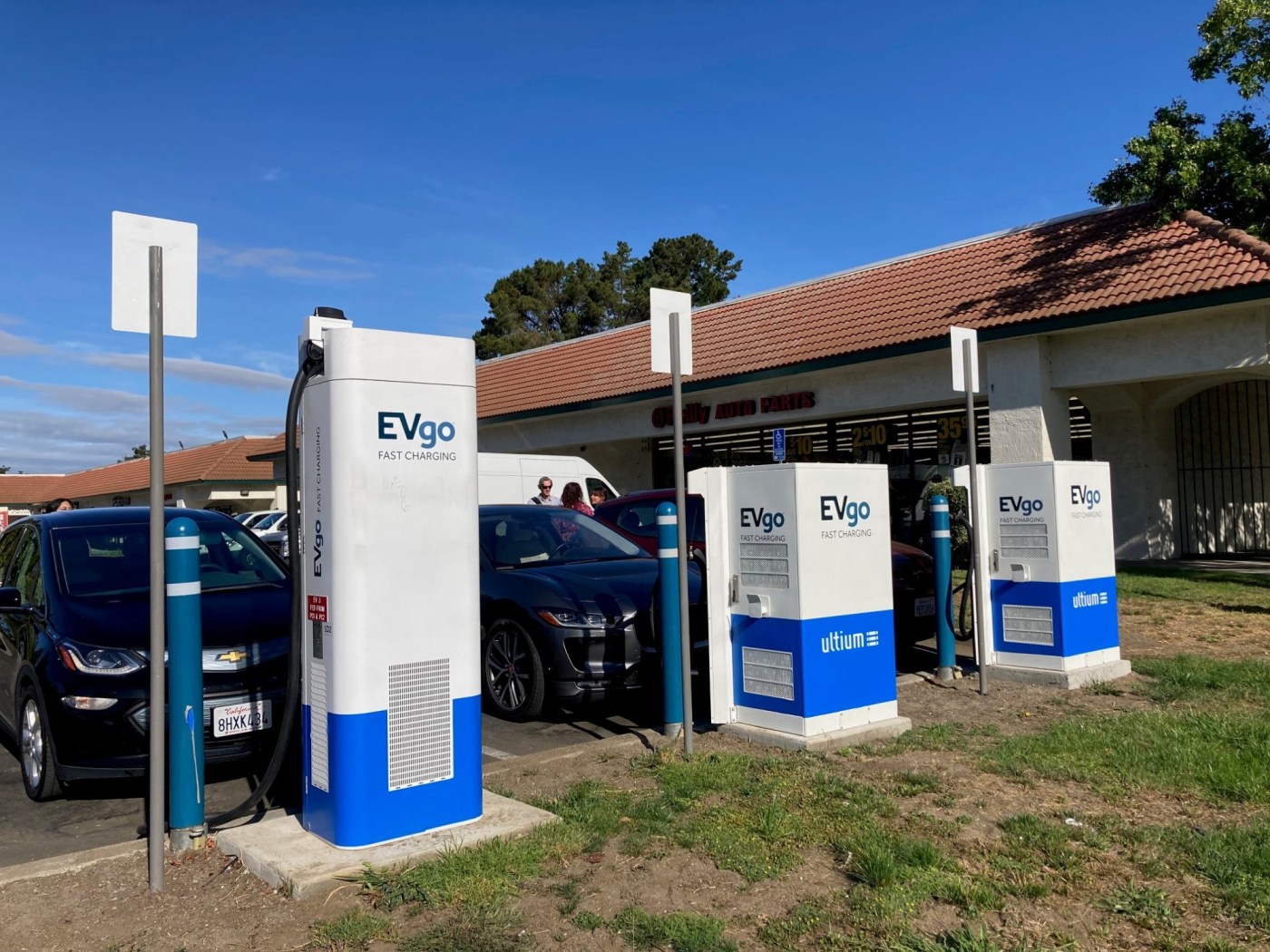
The California Energy Commission recently launched a $55 million incentive program to expand the construction of fast chargers for electric vehicles in public and business sites across the state.
RELATED: California reaches new record clean energy milestone
“One of the common concerns from surveys we’ve done is motorists say, ‘Hey, there’s not enough chargers close to me for me to consider buying an EV,’ ” said John Gartner, senior director of transportation programs at the Center for Sustainable Energy, the San Diego-based nonprofit that administers the initiative.
Related Articles
Lawsuit claims Tesla ousted HR managers who validated racism complaints at Fremont factory
California stalls on EV subsidies as Trump cuts federal rebate
Ford hits the pedal on EV production with $2 billion overhaul of Kentucky plant
Driving alone in an EV in the carpool lane? Your sticker is about to expire — maybe for good
BMW strikes back at Tesla with longer-range EVs
“So this is an important program to help fill the gaps in charging infrastructure and give people who may be new to EVs more confidence that they will be able to find a convenient place to charge nearby.”
Called the Fast Charge California Project, the program is part of the California Electric Vehicle Infrastructure Project (CALeVIP), the largest EV charging incentive initiative in the country.
The $55 million project aims to attract proprietors of places such as convenience stores, gas stations, shopping areas, parking lots and other high-traffic destinations to build fast-charging infrastructure.
Up to $100,000 in incentives are offered, depending on the output of each charging port. To qualify, sites must be accessible to the public. Priority will be given to locations in tribal areas and disadvantaged and low-income communities.
Fast chargers are typically defined as infrastructure that can deliver an 80% charge to an electric vehicle within 45 minutes.
The projects must be ready to build and have final utility service design and all required permits in hand.
Details on the eligibility requirements and instructions on how to apply can be found at the calevip.org/fast-charge-california-project webpage. Applications will be accepted through Oct. 29.
The money for the CALeVIP comes from the energy commission’s Clean Transportation Program, which was created by a bill passed by the California Legislature in 2016 and then extended in 2024. The program is funded through an increase in the smog abatement fee that Golden State drivers of newer cars pay.
CALeVIP also gets money from the state’s Greenhouse Gas Reduction Fund that receives revenue generated by the state’s cap and trade program, which requires power plants, natural gas providers and large industries that emit greenhouse gases to buy permits on the carbon pollution they produce.
Late last year, the energy commission touted that California policymakers have earmarked more than $10 billion to boost the adoption of zero-emission vehicles and their corresponding infrastructure.
That’s a lot of money, but Gartner said the incentive program is a good use of state dollars.
“Electricity costs a lot less to fuel a vehicle than petroleum products,” Gartner said. “And then of course, also there are the health benefits from vehicle electrification as well — having people pull up to a charging station with zero emissions at that location is advantageous to going to a fuel pump and having all the emissions associated with petroleum products.”
Gov. Gavin Newsom in 2020 issued an executive order banning the sale of new gasoline-powered cars, SUVs and light trucks by 2035 — although President Donald Trump recently signed congressional resolutions rescinding California EV mandates.
Newsom, along with 10 other governors, responded by filing a lawsuit, arguing that Trump’s actions are unconstitutional and beyond the authority of Congress.
Since 2017, CALeVIP has help support the development of nearly 10,000 EV chargers across the state.
California leads all states in the sale of zero-emissions vehicles, with more than 2.3 million, according to the most recent numbers from the energy commission.